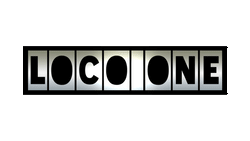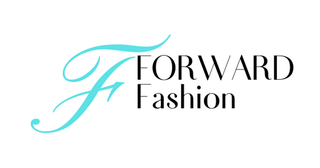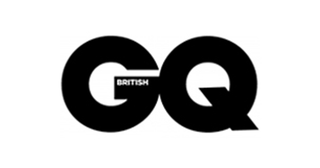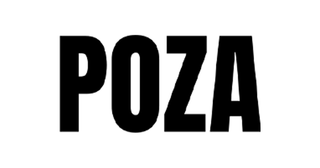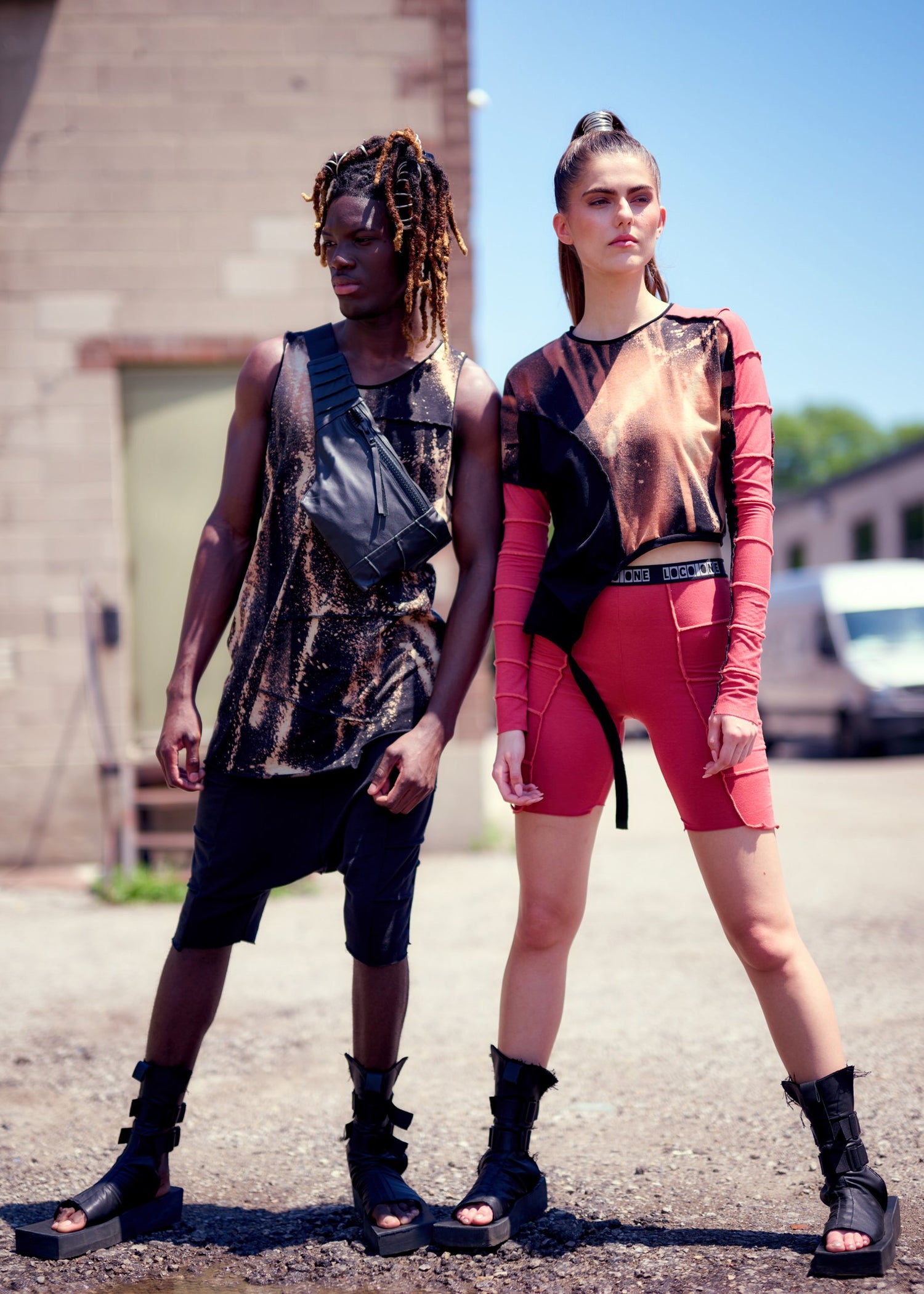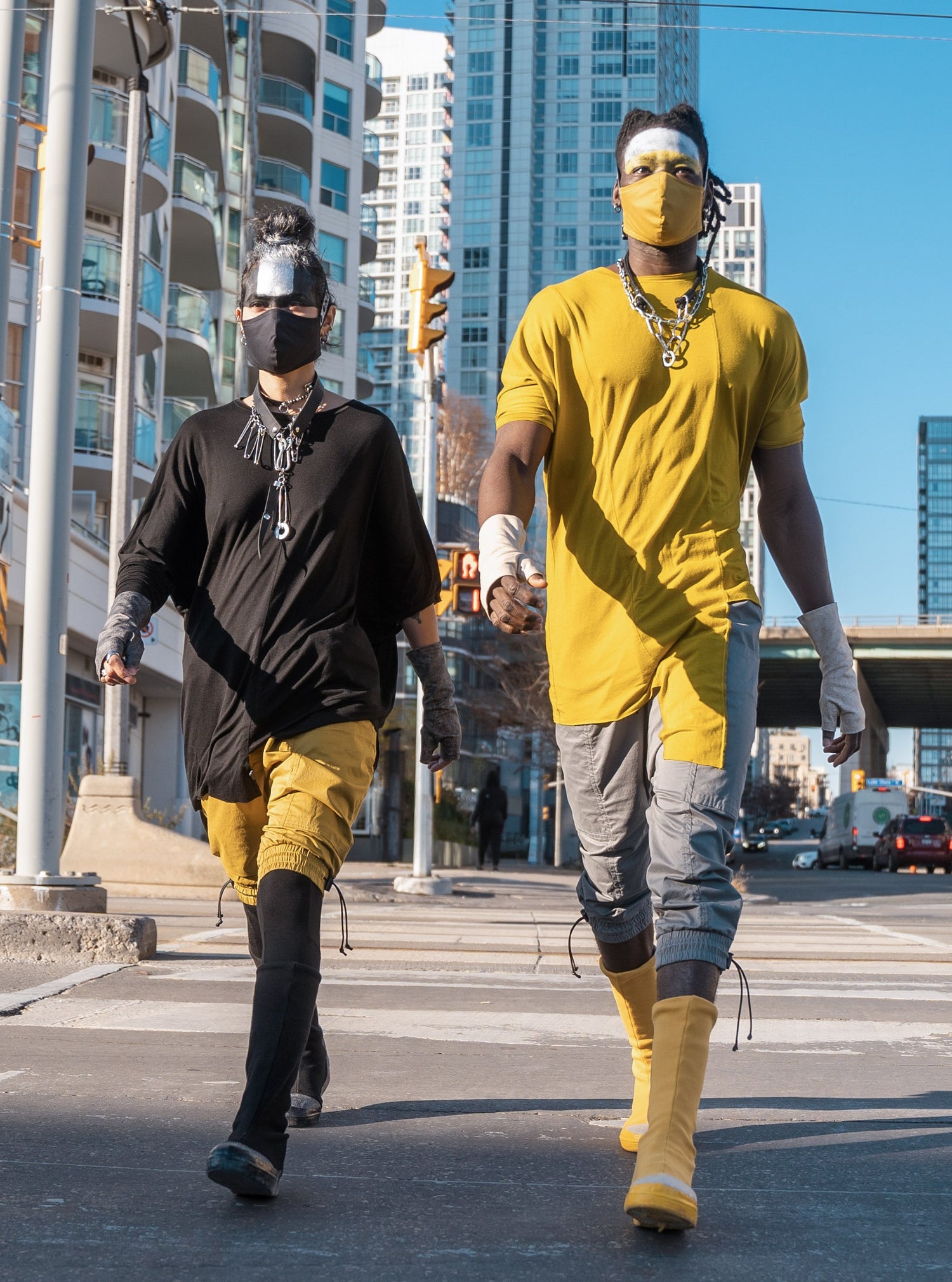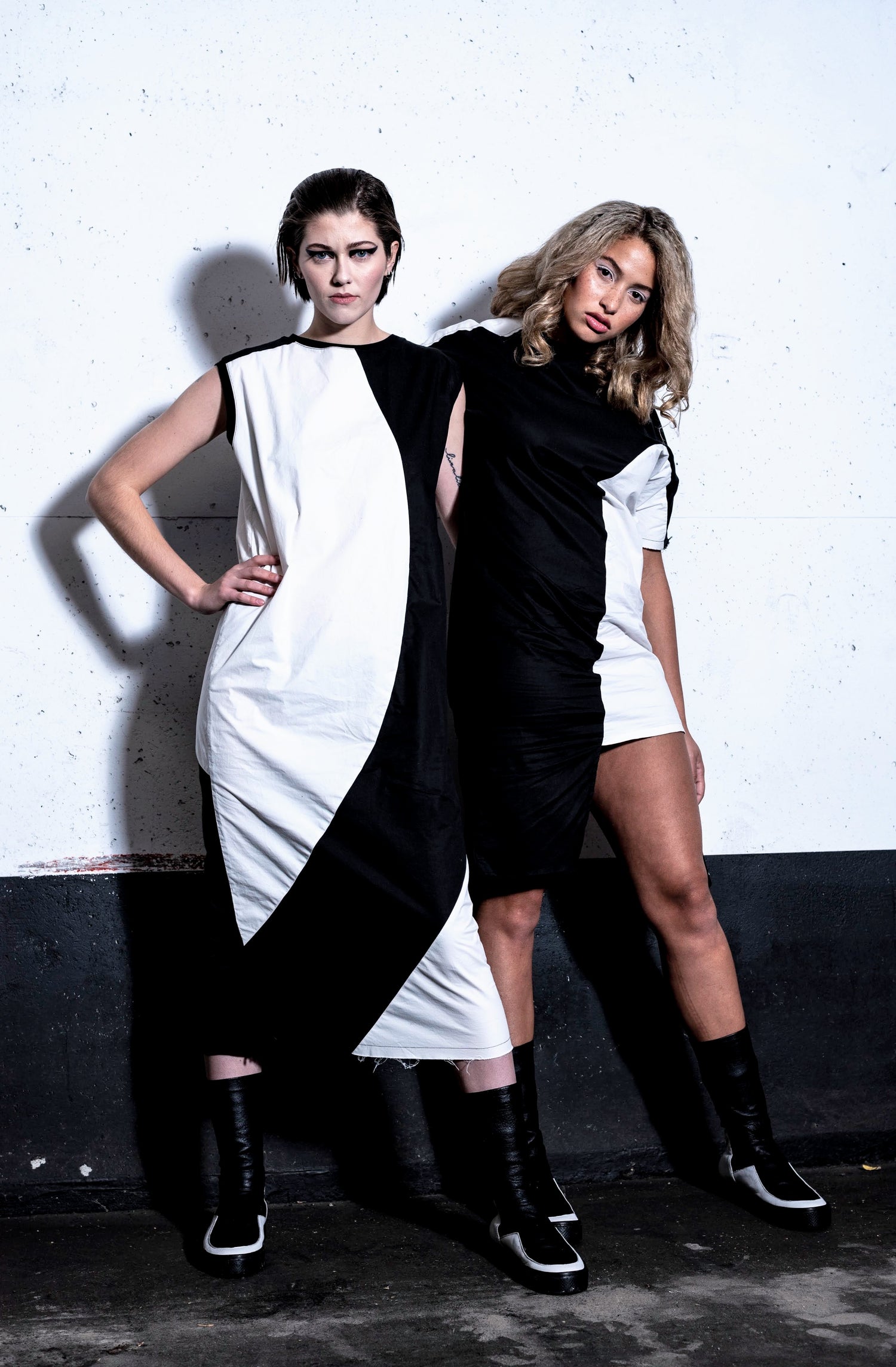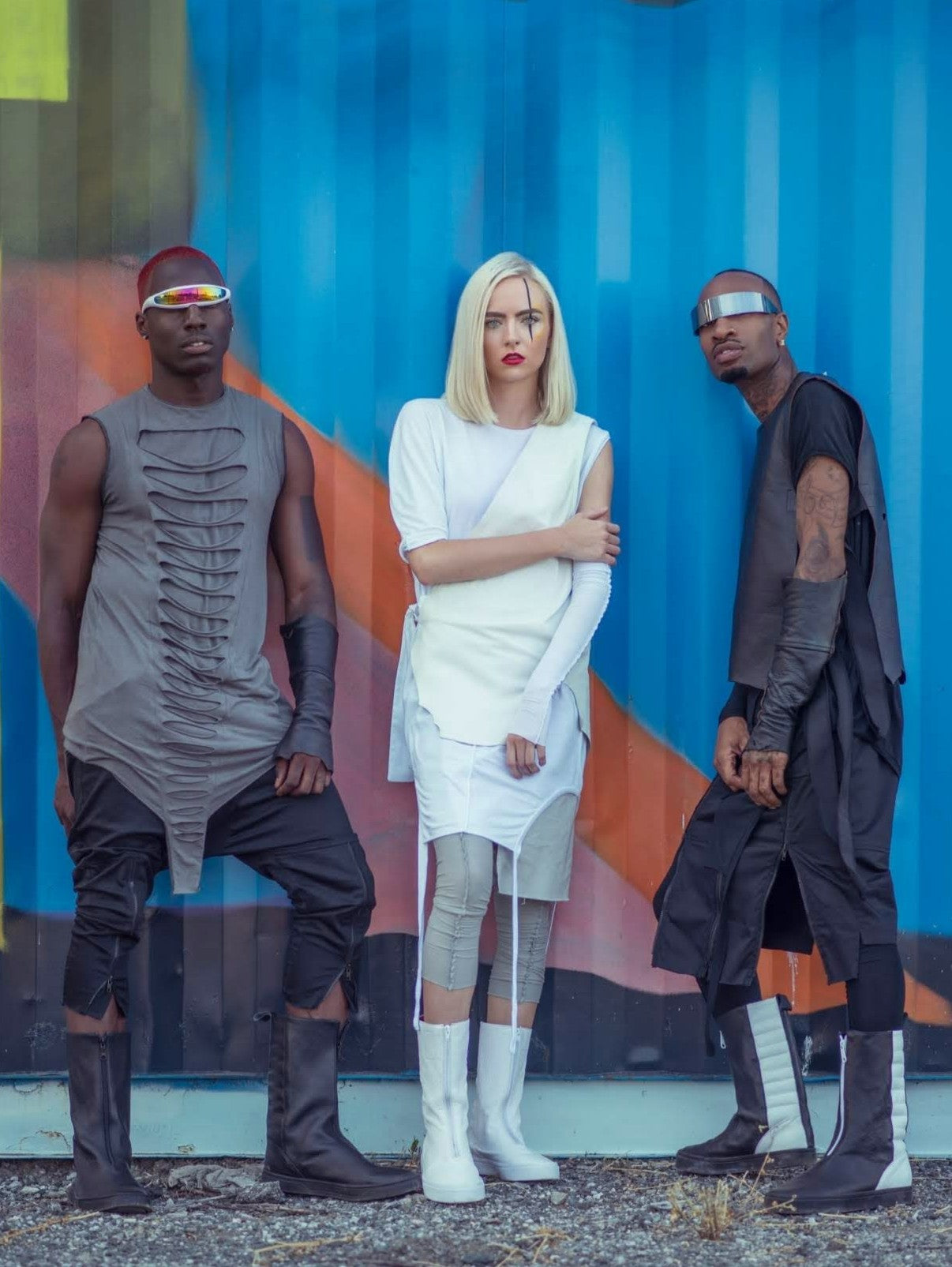OUR TEXTILES
BAMBOO
ECO PRINT: Maturing in only two years, it doesn’t require fertilizer or pesticides to grow quickly and strongly. The bamboo used in clothing is produced in an eco-friendly closed-loop process.
BUILT IN TEMPERATURE CONTROL: In textile form bamboo retains many of the properties it has a plant. Bamboo is highly water absorbent, able to take up to three times its weight in water. In bamboo fabric, this translates to an excellent wicking ability that will pull moisture away from the skin so that it can evaporate. This makes it great for both hot and cool climates, bamboo clothing offers built-in temperature control. It traps warm air in its cross-sectional fibers to keep you warm in the winter, while its breathable nature and wicking properties keep moisture at bay for greater comfort in hot times.
HYPOALLERGENIC: Bamboo clothing has a luxuriously soft fabric that is naturally hypoallergenic, moisture- absorbent and quick drying. The fiber is naturally smooth and round without chemical treatment, meaning that there are no sharp spurs to irritate the skin.
TEXTURE: Bamboo can look and feel like silk or very soft cotton.
ANTIBACTERIAL & ODORLESS: Bamboo also has many antibacterial qualities, which bamboo fabric is able to retain, even through multiple washings. Bamboo exhibits up to a 99.8% antibacterial rate. This helps to reduce bacteria that thrive in clothing and cause unpleasant odors. It can also kill odor causing bacteria that live on human skin, making the wearer and his or her clothing smell sweet.
UV RESISTANT: This eco fabric will also protect you from the sun with its UV resistant qualities.
COTTON
STRENGTH AND DURABILITY: Cotton is a highly durable material thanks to its molecular structure which is formed from 90 percent cellulose. Its strength means it is tear-proof, will not lose its qualities after washing and can last for years.
SOFTNESS: Thanks to cotton's rather close-knit surface structure, it is both soft and cool and, creates a very breathable fabric. As its air pockets are small it does not offer a great deal of heat protection though cotton fabrics may be brushed on one or both sides to make them warmer. In general, though, as cotton is allergy friendly, smooth and soft. It is particularly good for clothing as it has a high moisture absorbency.
ALLERGIES: Cotton is non-allergenic, and, unlike synthetic fibers, cotton fiber is a natural product that contains no chemicals.
TEMPERATURE CONTROL: Cotton keeps the body cool in summer and warm in winter because it is a good conductor of heat.
TENCEL (Lyocell)
Tencel is a versatile and practical fabric, sourced from the eucalyptus tree, and has become popular among Brits for its luxurious feel and chic appearance.
Perhaps surprisingly, the wood of eucalyptus trees can also be made into fabric. Eucalyptus wood is broken down into wood pulp, - and wood cellulose is extracted and turned into fibers. The fibers are then woven into a fabric called Tencel.
Tencel is a strong, breathable and soft fabric that’s luxury is comparable to silk. It is also one of the most sustainable and eco-friendly textile material options available.
BENEFITS: Tencel stands out because it is soft and breathable. Tencel also drapes well over mattresses and retains vibrant colors well, with little chance of bleeding during washing. Tencel is also hypoallergenic and won’t irritate people with sensitive skin.
BREATHABILITY: Air can move freely in and out of Tencel by nature, preventing heat retention. Additionally, Tencel wicks moisture away and dries quickly, which is a nice feature if you frequently experience night sweats.
DURABILITY: Than organic cotton, Tencel is more robust. Tencel won’t lose its shape in the washing machine like some cotton fabrics do. After every wash, Tencel also seems to feel softer.
HYPOALLERGENIC: Tencel sheets are of the highest caliber and are hypoallergenic because they are not only soft but also don’t irritate skin that is already sensitive. Tencel’s ability to wick away moisture ensures that bacteria are less likely to grow on the fabric. If bacteria were to grow instead, it might cause a bad smell and allergic reactions like sneezing and coughing.
LEATHER
Leather is a byproduct of the meat industry and clarified that vegan leather that isn’t petroleum-based should become the norm. But as it stands, leather that is made as a byproduct of the meat industry and tanned with vegetables is a pretty environmentally friendly choice, especially if you wear it over and over.
ADHESIVE FRIENDLY: Leather is a highly adhesive-friendly material; this quality makes it suitable for use in making shoes, bags, belts, and so on. The reason it works so well with adhesive is that it is made up of proteins and fats that are similar to the properties of human skin. This substance is resistant to heat and cold and thus it remains stable in all seasons.
DURABILITY: This is the most important characteristic of leather. It is due to which leathers are used to make bags, shoes, furniture, musical instruments, belts, clothing, suitcases, etc. This is the reason why leather is used in the manufacturing of car seats and seats in airplanes. Due to its durability, it can be used over and over again.
OIL RESISTANCE: Leather does not easily tear and split when oiled. Due to this property, leather garments are highly durable.
WATER RESISTANCE: As the name suggests, leather is resistant to water; this property makes it suitable for use in making shoes, bags, jackets and so on.
WIND AND FIRE RESISTANCE: The leather is windproof and protects the product made of it from the wind, on the other hand leather does not burn easily; this quality makes it ideal for use in making all kinds of garments.
